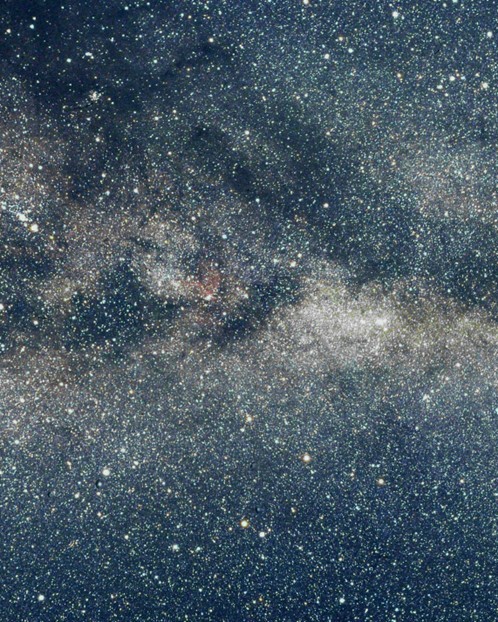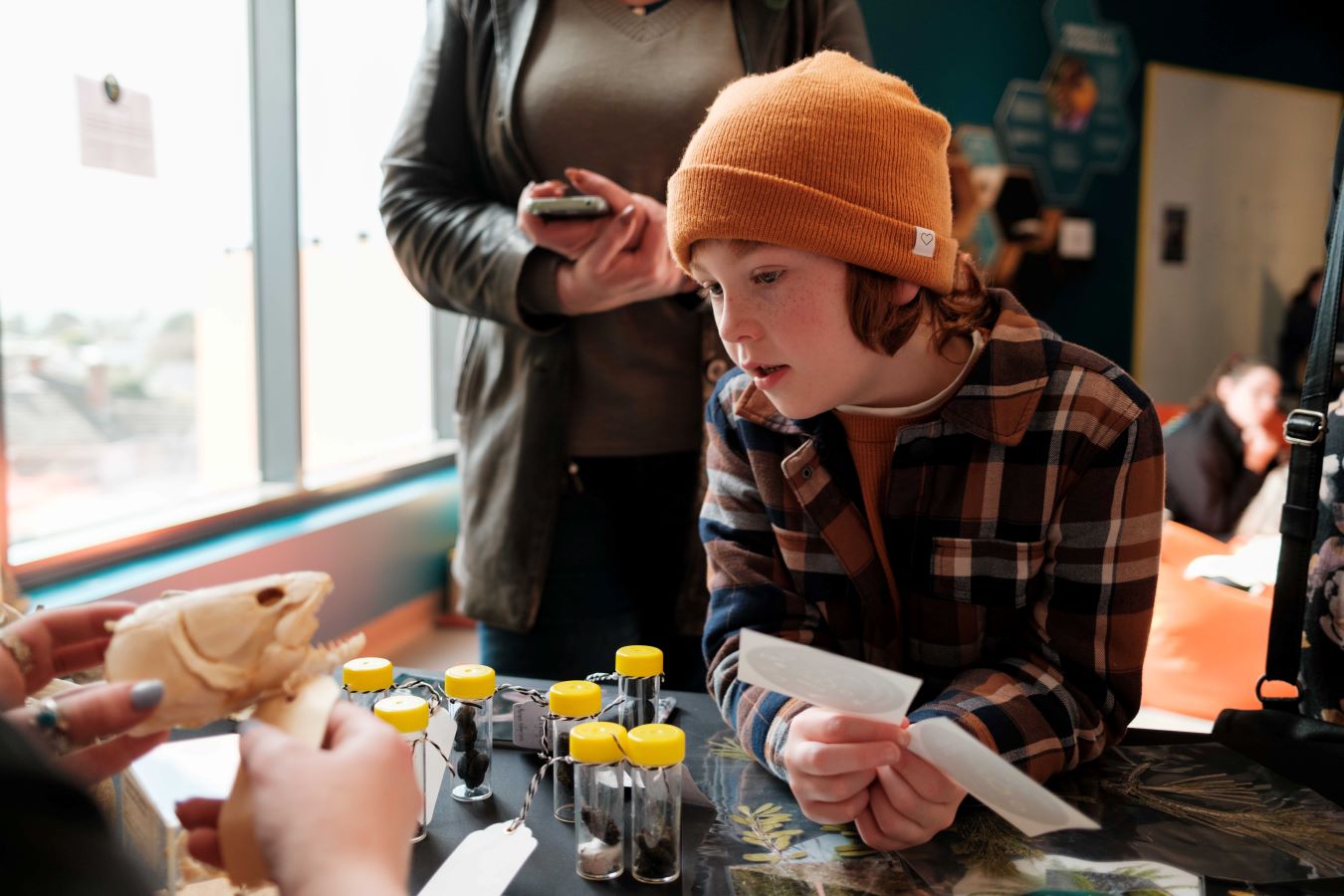
Citizen Science Project: Measuring Light Pollution

Around the world, the lights of cities and towns are increasingly affecting the ability of people to obtain a good view of the night sky, especially of the Milky Way and the fainter stars. In some of the world’s most light-polluted cities, only a few of the brightest stars and planets are ever visible. Exceptions occur when there is a cut in the electricity supply, darkening the environment.
A worldwide project to map light pollution is run by Globe at Night, and this year Hive is encouraging everyone from the Central Coast—and beyond—to participate. The next ‘campaigns’ will take place from 15-24 August, during which period the Moon will not interfere with observations.
It is easy to be involved in this project, which is on the internet at globeatnight.org. Simply following the links to ‘Observe’, then ‘Campaigns’, will take participants to a page of star charts. Observers will click on the relevant chart (of the constellations Scorpius or Sagittarius for July, or just Sagittarius for August) and compare their view of the sky on the ‘report’ link, where various views of that constellation are presented showing different numbers of stars.
The more light pollution, the fewer stars will be seen.
Hive is hoping for a large number of participants so that we can add a lot of information about light pollution in our region of Tasmania.
Register with Hive for support in participating through the Book Now button below. Registrants who make a submission will go in the draw to win some cool Science prizes!
Check in at Hive Visitor Services on arrival.
Attendees must follow Hive Conditions of entry










